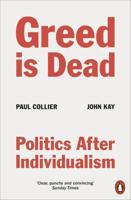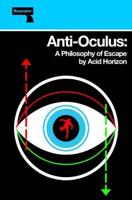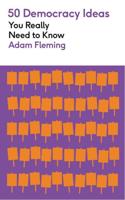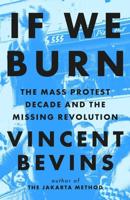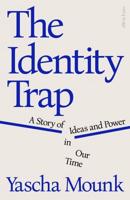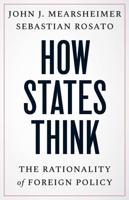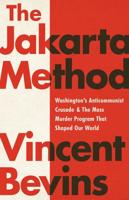Publisher's Synopsis
This book approached Lieutenant General James M. Gavin as a military theorist and explored his influence as the Army transitioned from World War II to the Cold War. Gavin's theory of future warfare required an army with capability in atomic and non-atomic warfare and he recognized the need for readiness for both limited peripheral wars and general war. His theory shaped his vision of the functions, organizations, and technology required to succeed in future conflicts. Gavin organized much of his writing around the concepts of mobility, firepower, and control that he felt were critical for future warfare. His influence shaped development of tactical nuclear weapons, missiles, air mobility, and organizational transformation following World War II and into the Cold War.

